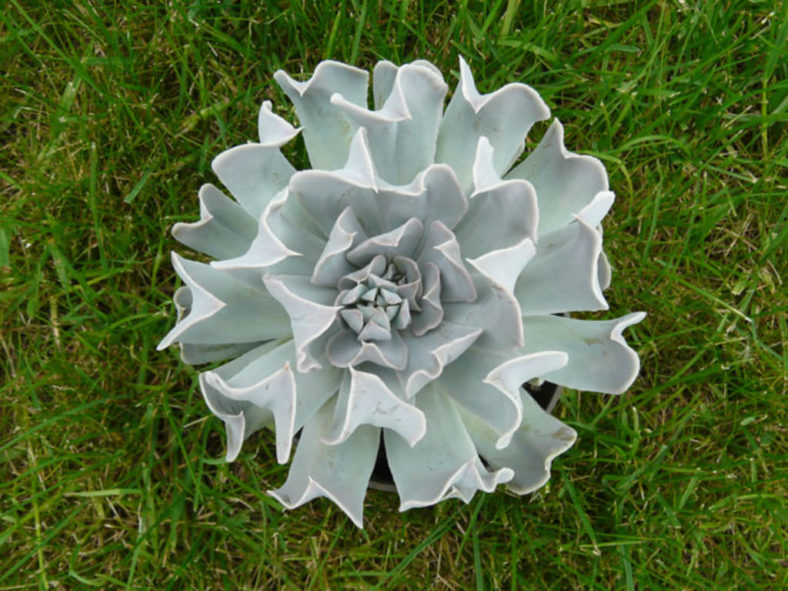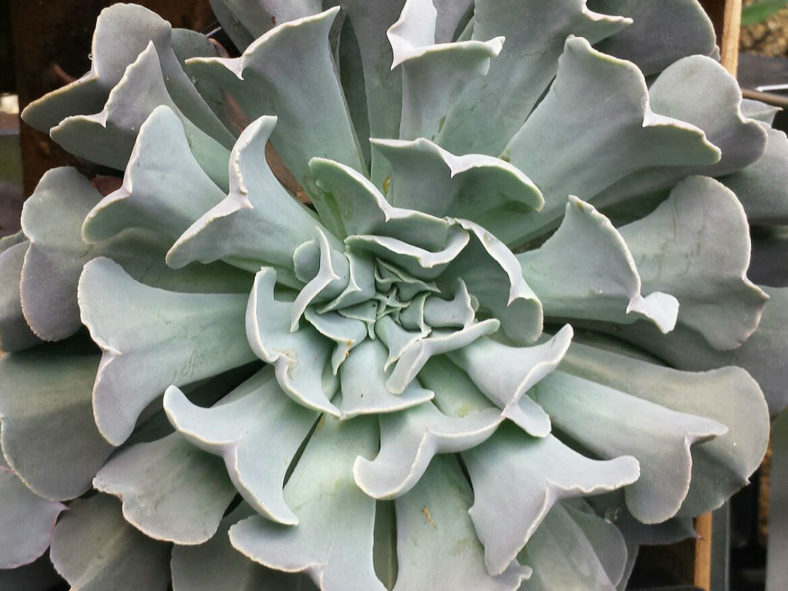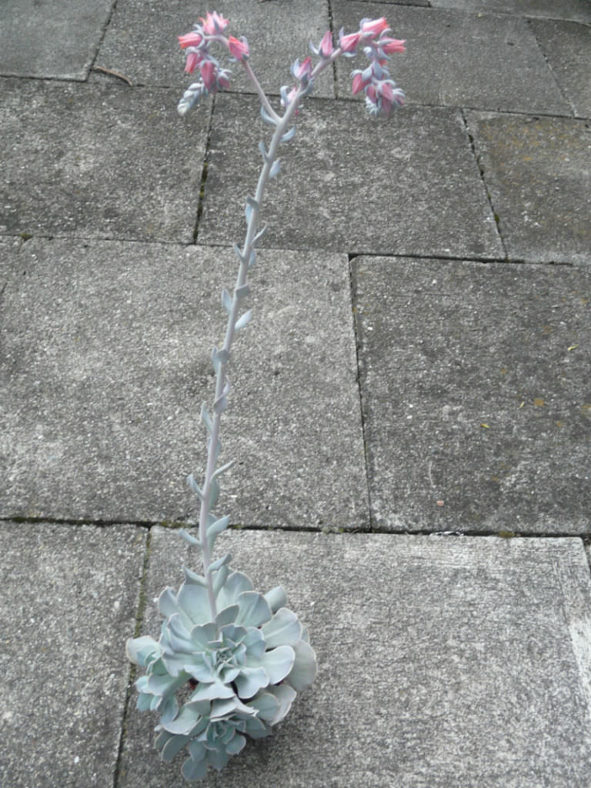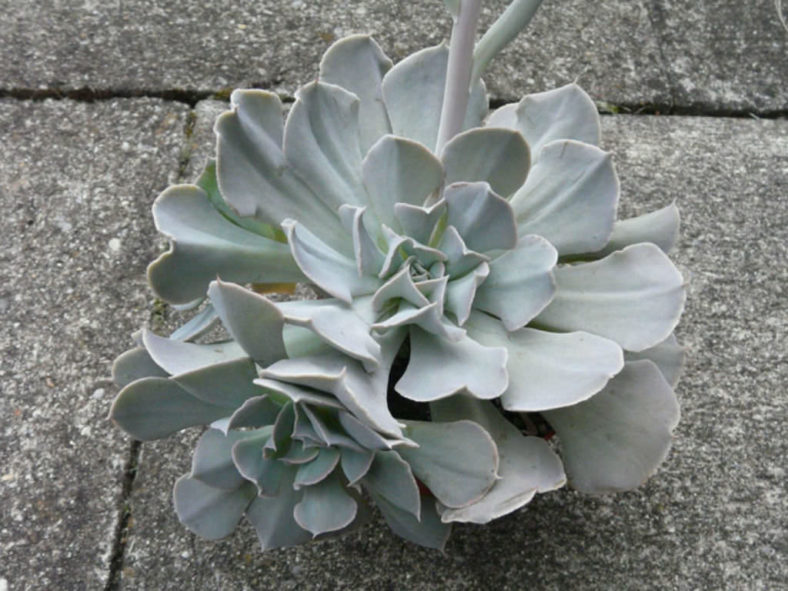Scientific Name
Echeveria 'Swan Lake'
Synonym(s)
Echeveria 'Doppler', Echeveria 'Topsy Pinky'
Scientific Classification
Family: Crassulaceae
Subfamily: Sempervivoideae
Tribe: Sedeae
Genus: Echeveria
Origin
Echeveria 'Swan Lake' is a hybrid created by Renee O'Connell and results from a cross between Echeveria runyonii 'Topsy Turvy' and Echeveria shaviana.
Description
Echeveria 'Swan Lake', initially known as Echeveria 'Doppler', is a beautiful succulent that forms rosettes of gray-green leaves, often with pink tips. The leaves have a slightly keeled lower surface and a tip pointing towards the center of the rosette.
The pinkish-red flowers appear in clusters on a tall arching stalk in summer or fall.

How to Grow and Care
Soil: Echeverias need a potting soil mix that drains quickly. Many growers create their own mix, but commercial cactus and succulent potting soil works well.
Light: These succulents prefer full sun to partial shade. However, they should avoid drastic changes in sunlight and the full afternoon sun, especially in summer. When indoors during the winter, they should be near the brightest window in your home.
Hardiness: Echeveria 'Swan Lake' can tolerate temperatures as low as 25 to 50 °F (-3.9 to 10 °C), USDA hardiness zones 9b to 11b.
Watering: When and how to water is crucial to Echeveria care. They do not like to be kept too wet, but they also do not like to be kept too dry. Therefore, the "soak and dry" method is the preferred schedule for watering Echeverias.
Fertilizing: Echeverias grow well without fertilizer but may benefit from the extra nutrients.
Repotting: Repot when needed in the spring or early summer.
Propagation: Echeverias are among the easiest succulents to propagate. They are usually propagated from offsets or leaves but can also be grown from stem cuttings and seeds.
Toxicity: Echeveria 'Swan Lake' has no reported toxic effects and is safe for pets and humans.
Learn more at How to Grow and Care for Echeveria.
Links
- Back to genus Echeveria
- Succupedia: Browse succulents by Scientific Name, Common Name, Genus, Family, USDA Hardiness Zone, Origin, or cacti by Genus
Photo Gallery
Click on a photo to see a larger version.


